Figures & data
Figure 1. Deployment status of Snow and Ice Mass Balance Apparatus (SIMBA) and positions during deployment. (a) The Arctic Ocean, photo by Anne Bublitz (AWI), (b) the boreal Lake Orajärvi, photo by Bin Cheng (FMI), and (c) the Baltic Sea, photo by Pekka Kosloff (FMI). The yellow box represents the SIMBA’s main case. The ice thermistor string was placed vertically through the air-snow-ice-water interface. d) SIMBA buoy positions (blue dot: Lake Orajärvi; red dot: the Baltic Sea).
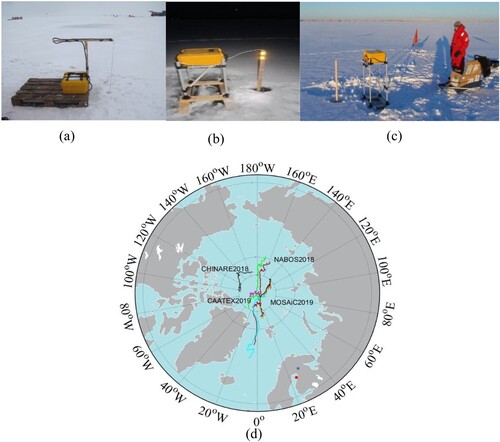
Table 1. Snow and Ice Mass Balance Apparatus (SIMBA) deployment status for various natural water environments.
Figure 2. (a) Example vertical SIMBA_HT (red) and SIMBA_ET (blue) profiles observed on 14:01:12, 12 November 2018 by SIMBA FMI0504R. (b) Part of the raw SIMBA_HT time series of FMI0504R ranged from ice-freeboard to the water, from mid-January to June.
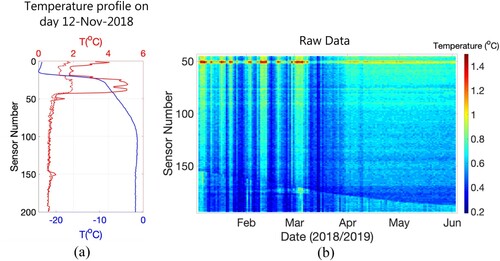
Figure 3. The part of denoised extended SIMBA_HT. Strip disturbance is removed by the streak-denoising wavelet deep neural network (SNRWDNN) model.

Figure 4. a) The distribution of support points for the time series collected by the buoy FMI0504R. These green points are the coordinates of support points in ; b) Two boundaries of the dynamic sensor range
and support points of
. The red curve is the upper boundary, and the blue curve is the lower boundary; and c) The upper and lower boundaries of the dynamic sensor range
and ice-bottom potential points (IBPPS).

Figure 5. Identified ice-bottom (yellow dashed line) evolution by the neural network, wavelet analysis, and Kalman filtering (NWK) approach. The background represents the original SIMBA_HT time series of all sensors. The sensor numbers are converted into depth using the initial ice surface as a zero-reference level.
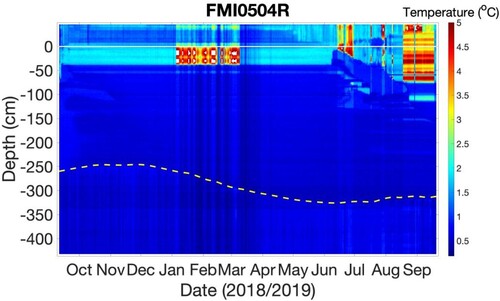
Figure 6. The neural network, wavelet analysis, and Kalman filtering (NWK) approach workflow diagram.
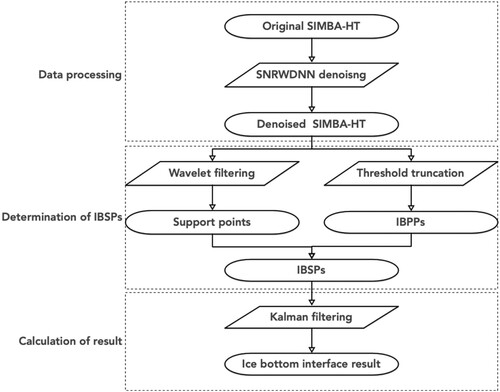
Table 2. Comparison between manual ice thickness results and NWK approach with SIMBA_HT in the Arctic Ocean.
Figure 7. (a) FMI0403 SIMBA_HT data and ice-bottom interface. (b) FMI0507 SIMBA_HT data and ice-bottom interface. (c) PRIC0903 SIMBA_HT data and ice-bottom surface. (d) FMI0509 SIMBA_HT data and ice interface surface. (e) FMI17R SIMBA_HT data and ice-bottom interface. (f) FMI0505 SIMBA_HT data and ice-bottom interface. (g) FMI0504R SIMBA_HT data and ice-bottom interface. The yellow dotted curve represents the ice-bottom interface.
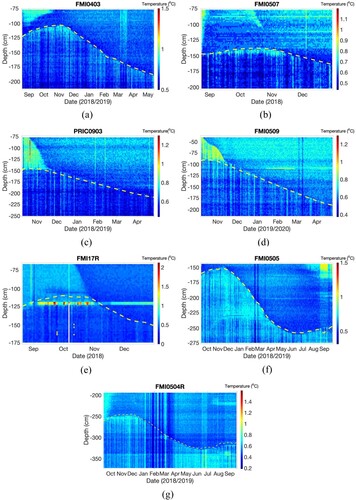
Figure 8. (a) FMI13 SIMBA_HT data and ice-bottom interface. (b) FMI17 SIMBA_HT data and ice-bottom interface. The yellow dotted curve is the ice-bottom interface.

Table 3. Comparison between manual ice thickness results and the NWK approach with SIMBA_HT in the Baltic Sea.
Table 4. Comparison between manual ice thickness results and NWK approach with SIMBA_HT in Lake Orajärvi.
Data availability statement
The data that support the findings of this study are available from the corresponding author upon reasonable request.

